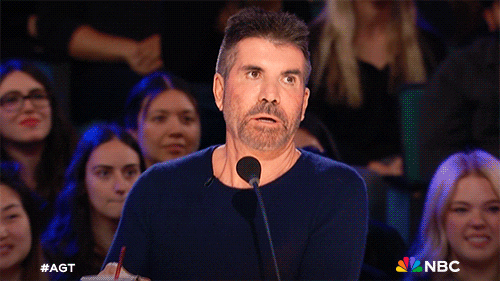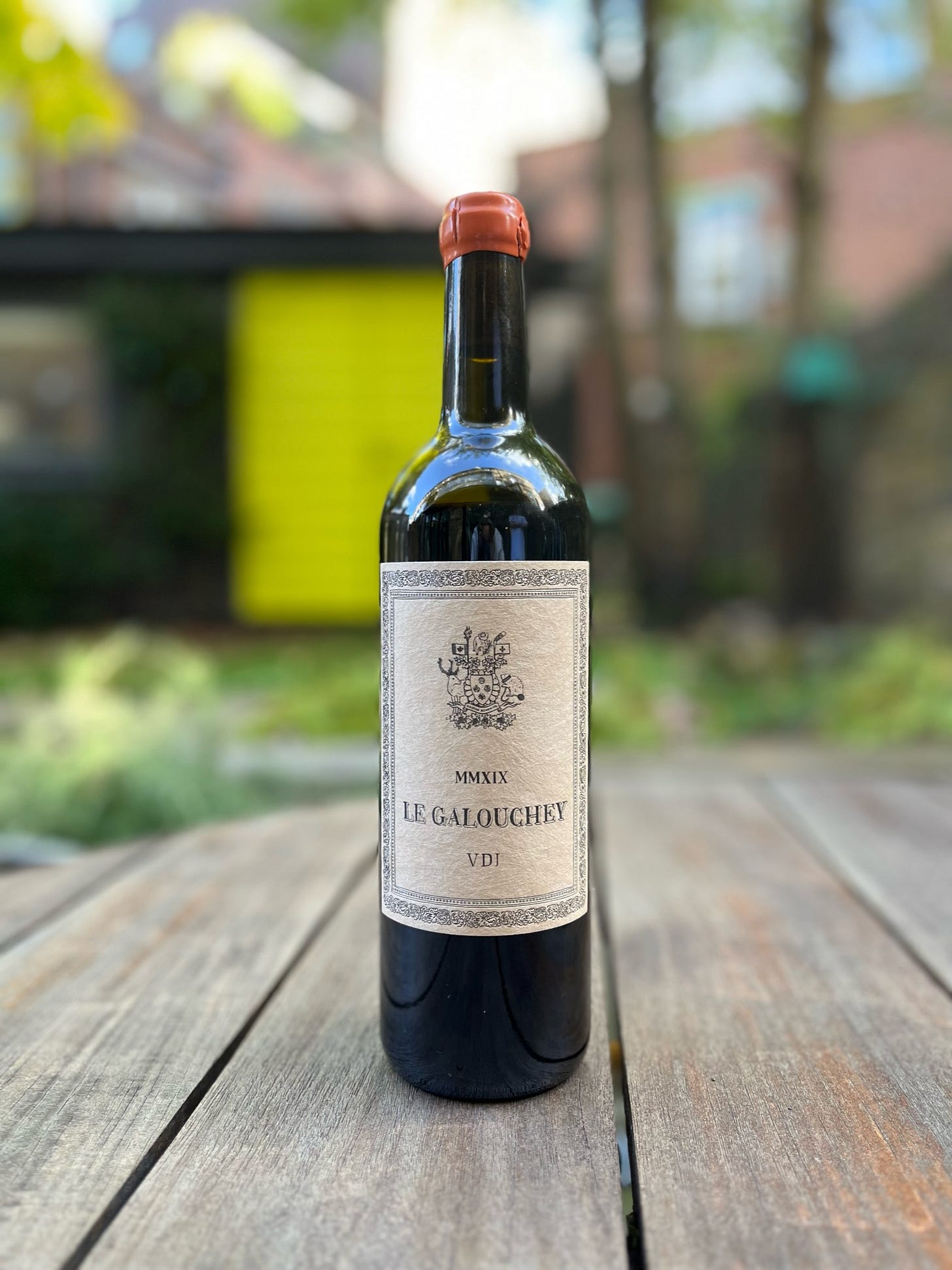“New Wave Bordeaux”: what you need to know
Bordeaux has been the most important fine wine region in the world for centuries. It therefore came as a shock to us that the region is in the midst of a crisis!
There is an oversupply of wine on the market. Some producers now face a trade-off between uprooting their vines or going out of business.
Last year, the French government created an incentive scheme to support producers, offering them €6,000 per hectare of vines they uproot. Their aim is for 9,500 hectares of vines to be removed in order to restore the balance between supply and demand.
They say “every cloud has a silver lining”. Well, this cloud has two:
To understand how we got to this bleak position, we had the pleasure of meeting the charismatic Benedict Butterworth, an independent wine importer and retailer.
According to Benedict, there are an inspiring set of “New Wave Bordeaux” producers that are changing how we might perceive Bordelaise wines in the future.
We have summarised what we learnt during the episode with Benedict below. If you after something more practical, then scroll to the bottom for our “New Wave Bordeaux” wine recommendations.
Where has it gone wrong for Bordeaux?
It’s complicated. There are a number of demand-side and supply-side challenges all converging at once, creating the perfect storm.
Demand-side challenges:
Consumers are reducing their alcohol consumption in France and in key export markets, which is not ideal if you are producing an alcoholic beverage.
When consumers do drink, they are increasingly leaning towards wines that are stylistically lighter bodied and “quaffable” and/or lower in alcohol. We will explain why that’s a problem in just a moment.
Consumers are looking for an “experience”. Armed with more information than ever before, consumers are naturally becoming more experimental. That’s not great for a “textbook” wine region, often criticised for homogeneity.
Demand for wine in China has plummeted, dropping approximately 13% in 2022 compared to the previous year. China was the largest export market for Bordeaux.
Supply-side challenges:
There is a lot of wine produced in Bordeaux. To give you a reference point, Bordeaux has more land devoted to vines than the whole of South Africa. Even subtle changes in demand are therefore problematic.
During the 2000s, there was a trend in Bordeaux to make fuller-bodied wines to appease the tastes of prominent wine critics (e.g. Robert Parker). The chickens have come home to roost, as consumers are now after more “quaffable” wines.
Climate change is increasing average annual temperatures all over the world. Higher temperatures increase sugar levels in grapes and therefore the quantity of alcohol produced in fermentation. Bordeaux wines are noticeably higher in alcohol than they were, just as we enter the era of the mocktail.
If you dig beneath the surface, it’s not surprising there is an oversupply of wine from Bordeaux. Luckily, some producers are responding by doing things a little differently. Let’s talk “New Wave Bordeaux”.
What on earth is “New Wave Bordeaux”?
This is a difficult question to answer, given Benedict himself got dubbed the “New Wave Bordeaux Guy” without intending it. To fulfil his anointed reputation, Benedict has a stock answer which is:
“Anything that is non-traditional… things that don’t meet the image that we see as Bordeaux or don’t meet the appellation rules of Bordeaux”
We’ve highlighted some viticultural, winemaking and marketing characteristics associated with “New Wave Bordeaux” producers:
Viticulture:
They typically practice organic or biodynamic viticulture. This is not unique to “New Wave” producers as many traditional Chateau are certified too (e.g. Pontet-Canet etc). However, the region has been much slower than others to chill out on the “Bordeaux mixture”.
They often champion atypical grape varieties, whilst respecting the classics (e.g. Cabernet Sauvignon, Merlot etc). Benedict showed us a wine on the episode made from Macinn, Castets, Saint-Macaire, Jurancon Noir and Bouchales (we had not heard of a single one of these varieties).
They also experiment with single-site (from an individual plot of land within the estate) or mono-varietal (one grape variety) wines to express their terroir. Typically wines in Bordeaux are a blend of varieties from grapes grown across the Chateau.
Winemaking:
Most adopt lower intervention techniques compared to traditional Chateau. What does that mean? Below are a few examples to give you an idea.
Technique 1: kick off fermentation with natural yeasts found in the cellar or on the grapes, rather than a yeast purchased from a third party.
Technique 2: use less new oak and potentially neutral vessels (e.g. amphorae, stainless steel tanks etc) for fermentation and ageing.
Technique 3: bottle wine unfined and unfiltered with minimal or no S02.
Marketing:
Forget about drawings of stately homes. “New Wave” bottles come in different shapes and sizes with labels that combine colour and interesting graphic design.
Hopefully you get the idea. It’s all about good farming, low intervention winemaking and an irreverence for rules. The key characteristic of the wines is they have a freshness that makes them approachable upon release, which is particularly appealing to younger consumers looking for easy-drinking wines. They will not replace or replicate the Bordeaux superstars that we all love, but can act as an example to mid and mass market producers who find themselves in a pickle.
Which “New Wave Bordeaux” wines should I be drinking?
We are highlighting three that we love below. Each one is a “Vin de France” and ineligible to be labelled as Bordeaux. Brace yourself if you love traditional claret, we’ve got some appellation rule-breakers on our hands!
Les Amuses Geules, Vieille Chapelle, 2022
It’s so easy to forget about the delicious white wines produced in Bordeaux. This is a Butterworth special and is a fantastic example of a wine that benefits from being unfined and unfiltered. Although the wine appears a touch hazy, do not be put off. The “haze” gives this wine great texture complimenting the natural salinity of the grape variety, Semillion.
Vin de Jardin, Domaine de Galouchey, 2019
We discussed this Bordeaux banger in episode 3 and it’s probably the poster child of “New Wave Bordeaux”. Every permissible grape variety, white and red, is included in the blend. Vin de Jardin has body and intense fruit. Yet somehow it is also weightless and ready to drink upon release. Even if you decide this is not for you (which you won’t at around £30), it’s worth the experiment!
Ormiale, 2018 + 2019
Everything about this wines raises eyebrows and questions. It has an awesome label and a wax seal, which is not commonly seen in Bordeaux. It is a blend of two vintages and comes in at a whopping 15.5% alcohol. We were sceptical initially.
However, we have been converted. The alcohol is somehow not particularly evident. It has more structure than the Vin de Jardin yet tastes slightly mature and is ready to drink. We definitely didn’t guess claret at a blind tasting, but we got that it tasted delicious. That’s the point after all!
Next week
We’ve got another sensational episode for you! We welcome Honey Spencer to The Premier Cru. Having just released a book on natural wine and opened a restaurant, Honey is the lady of the hour in the UK wine and food scene.
See you Monday morning and enjoy the “New Wave Bordeaux” in the meantime!







